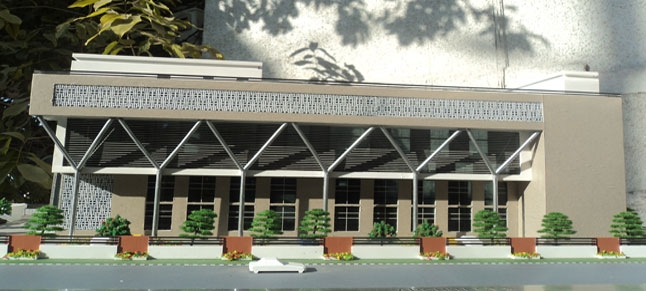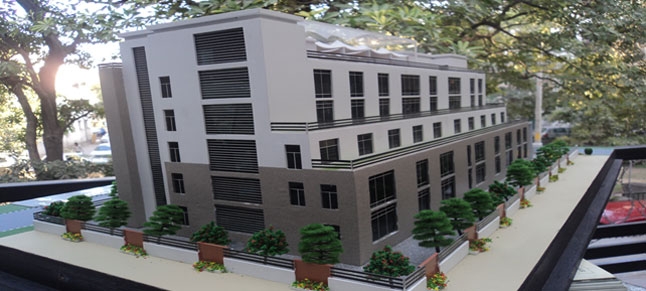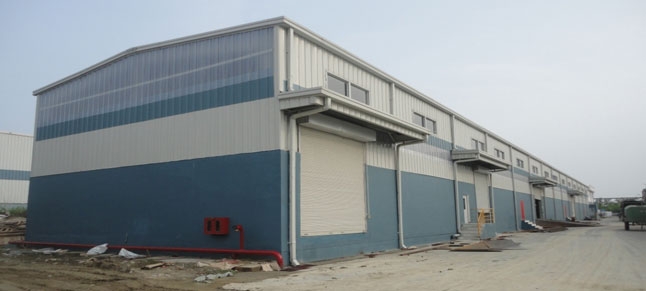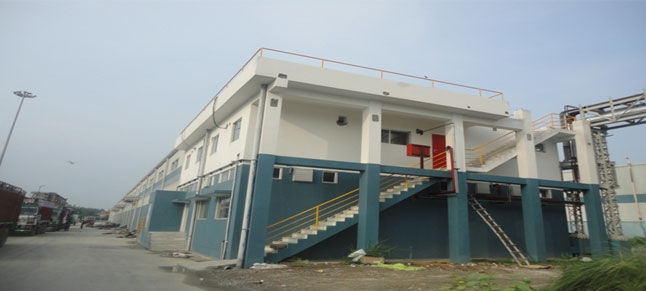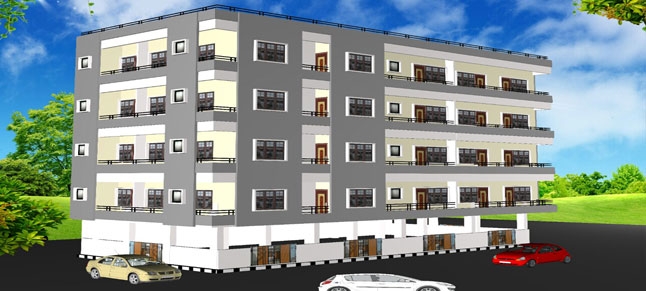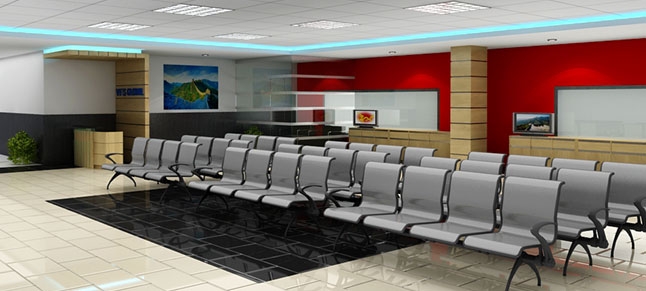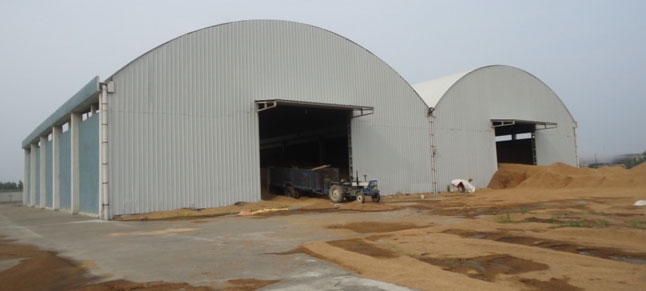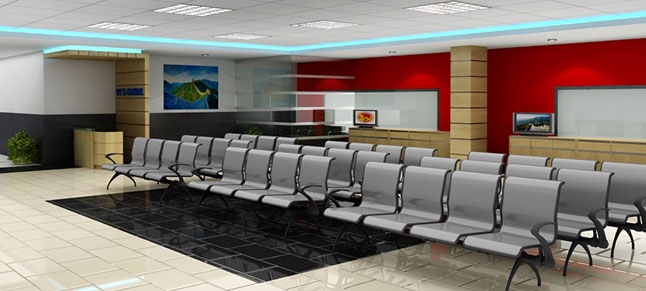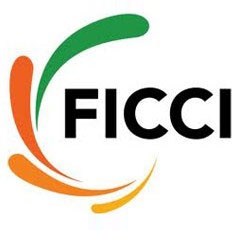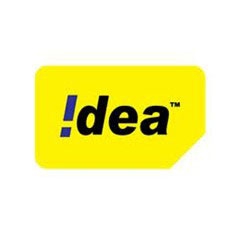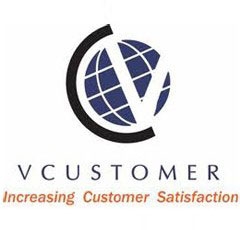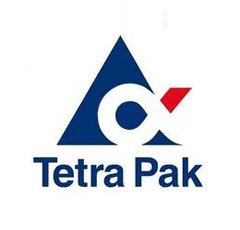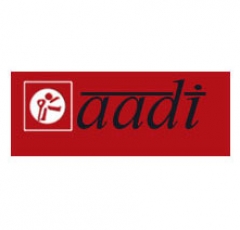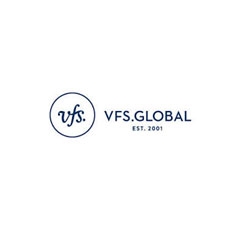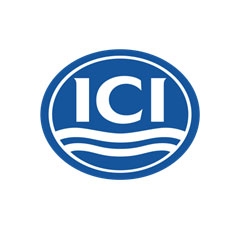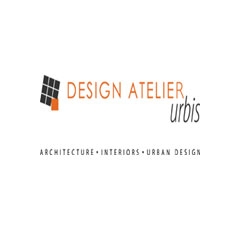Quality Planning and Management
Project effectiveness in achieving its quality objectives is contributed by identifying, understanding and managing all interrelated processes as a system!!!!
Quality management has four main components: quality planning, quality control, quality assurance and quality improvement. Focus of the Quality management is not only on project quality, but also the means to achieve it.
Quality Plan is planned at the beginning of the project that helps achieve Quality in the Project being executed. Its purpose is to define these activities / tasks that intends to deliver products while focusing on achieving customer’s quality expectations.
A quality plan needs to cover a number of elements:
- What needs to go through a quality check?
- What is the most appropriate way to check the quality?
- When should it be carried out?
- Who should be involved?
- What “Quality Materials” should be used?
Quality assurance, or QA for short, is the systematic monitoring and evaluation of the various aspects of a project, service or facility to maximize the probability that minimum standards of quality are being attained by the production process.
QA defines the: “Fit for purpose” – the product should be suitable for the intended purpose; and “Right first time” – mistakes should be eliminated.
Site Tiger technique to control & monitor the quality of the project effectively are by implementing systematically the following set of procedures.
- Selection of suitable contractors through pre-qualification system by laying down the criteria to be fulfilled appropriate to the project requirements with reference to cost and nature of the work.
- Incorporating explicit specifications in contract and defining Quality Control and Quality Requirements for sub-contracting any part / whole part of the project.
- Creating awareness & understanding to everybody associated with the project about quality requirement& arranging quality training.
- Procedures for Design Review, Sign-Off, Design Changes and Design Waivers of requirements.
- Manage and coordinate the discharge by the design consultant of its duties with regard to site inspection, mock up , samples approval and the like.
- Approval of sample of materials as well as workmanship.
- Develop a construction strategy in consultation with the other members of the project team.
- Monitor the contractor’s off-site manufacturing to confirm the components manufactured are inspected and tested.
- Manage and coordinate the activities of inspection, testing and commissioning personnel from the employer, design consultant, contractors and statuary Authorities.
- Establish in consultation guidelines for taking over or occupancy of the whole or parts of the project.
- Establish suitable procedures for the identification, notification and rectification of defects during the defects liability period.
- Detail plans for Acceptance Testing and Integration Testing.
- Procedures for maintaining the Quality Records (variance reports, executed checklists etc) during project execution as well as after the project completion. Checking every stage of operation through checklist.
- Planning an internal audit and its implementation during each phase of the project.


